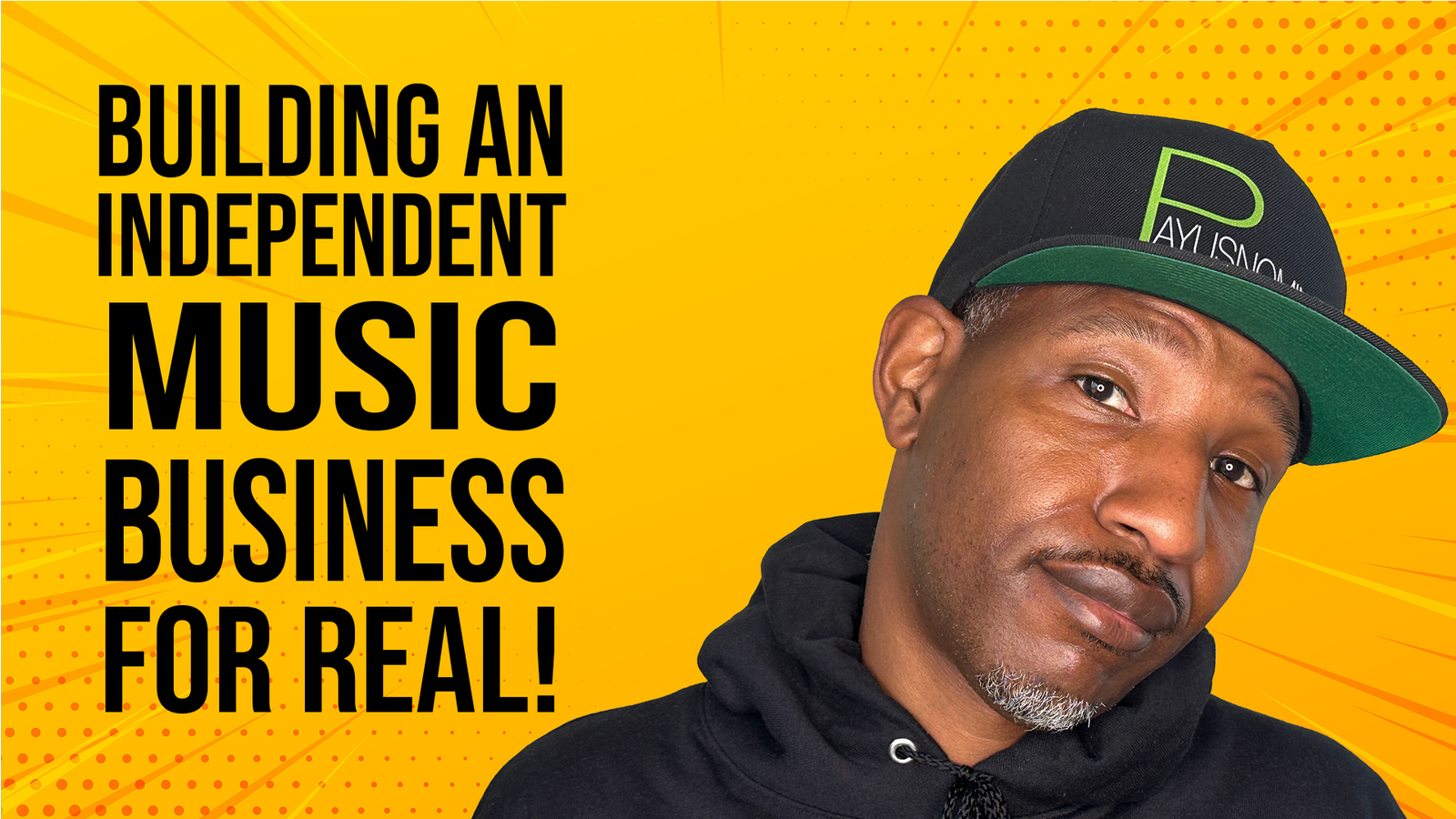How to Go 100% Independent as an Artist — Own Your Website, Links, and Revenue
Published on what? Aug 15, 2025
Premium

Learn how to achieve total digital independence as an artist — from securing your domain and hosting to building your own bio links, tracking system, and monetization streams without relying on Spotify, YouTube, or third-party platforms.
Unlock the full breakdown
You’re viewing a preview. Members get the full analysis, comparison tables, and step-by-step recommendations.
Become a member
Full access to all guides, comparisons, and deep dives.
- Full article archives
- Updated comparison notes
- Members-only deep dives
Already a member? Log in here.